Optimal Timing for Concrete Repairs
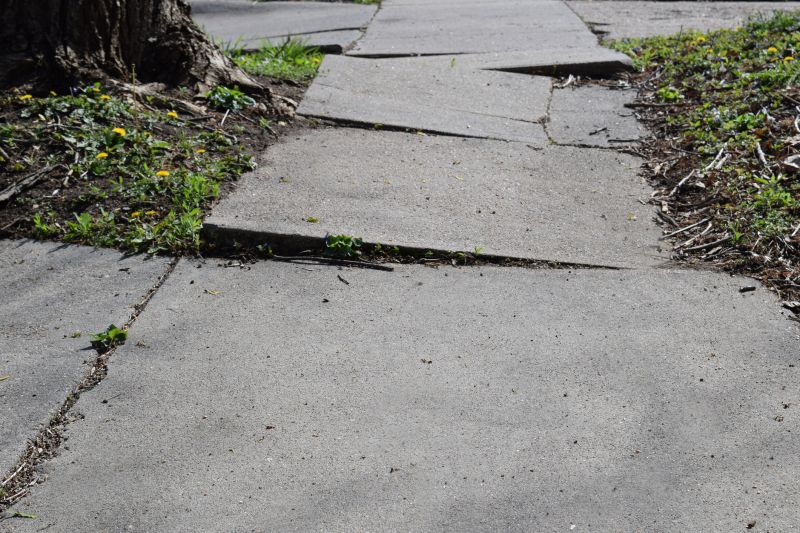
Spring offers moderate temperatures ideal for concrete patching, reducing the risk of cracking due to rapid temperature changes.

Summer provides warm conditions, but excessive heat can cause quick drying, requiring careful timing and hydration.
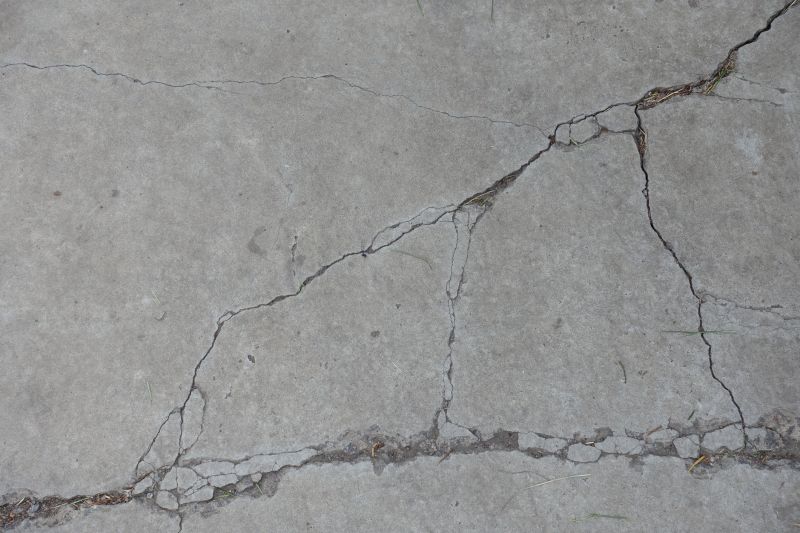
Autumn's cooler weather slows curing, making it a suitable season for repairs before winter.

Ways to make Concrete Patching And Repairs work in tight or awkward layouts.

Popular materials for Concrete Patching And Repairs and why they hold up over time.
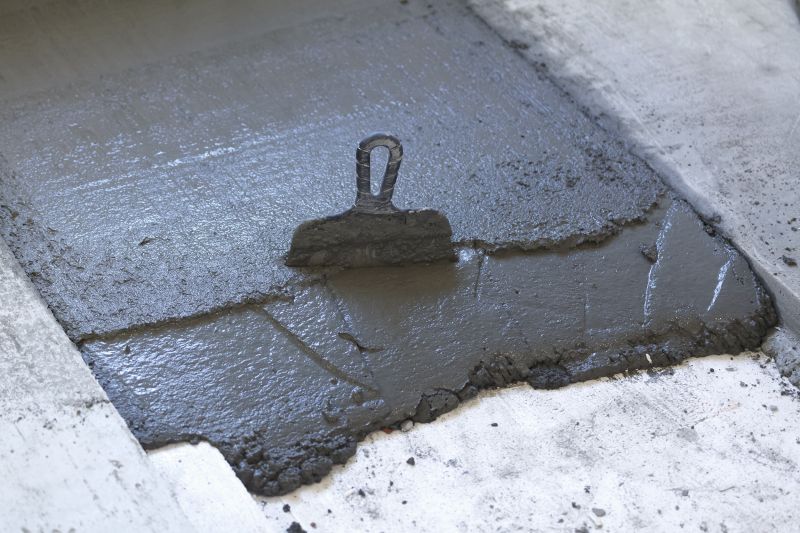
Simple add-ons that improve Concrete Patching And Repairs without blowing the budget.

High-end options that actually feel worth it for Concrete Patching And Repairs.

Finishes and colors that play nicely with Concrete Patching And Repairs.
Concrete patching and repairs are essential maintenance activities that extend the lifespan of concrete surfaces. Proper timing ensures optimal curing, adhesion, and durability. The best time for repairs typically depends on climate conditions, with moderate temperatures and low humidity being ideal. Seasonal considerations influence the success of patching projects, as extreme cold or heat can compromise the integrity of repairs.
Extreme cold can hinder curing, while high temperatures may cause rapid drying and cracking.
Low humidity can lead to quick evaporation, affecting the bonding process of patching materials.
Scheduling repairs during mild weather conditions improves results and longevity.
Choosing the right patching materials for specific weather conditions enhances durability.
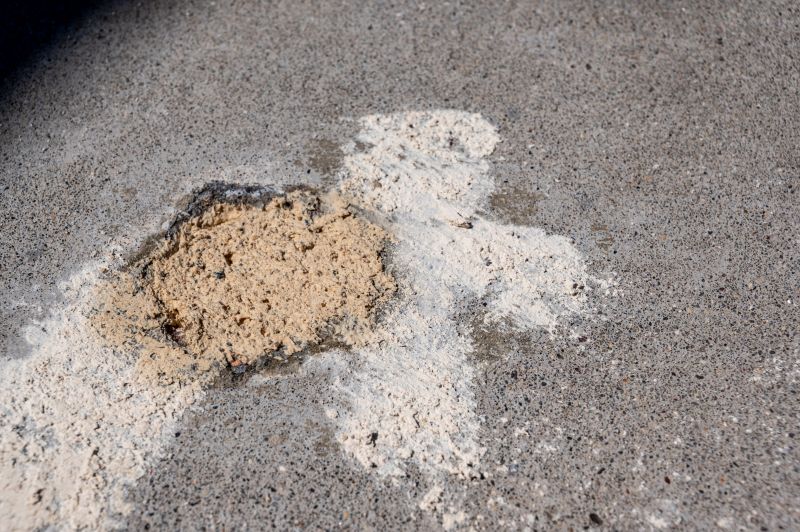
Ideal for patching projects due to moderate temperatures.

Requires careful timing to prevent rapid drying.
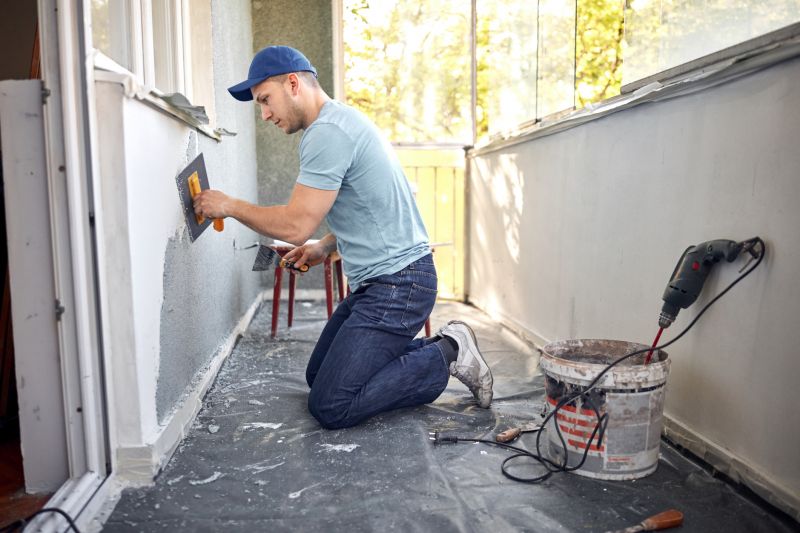
Suitable for preparing surfaces before winter.
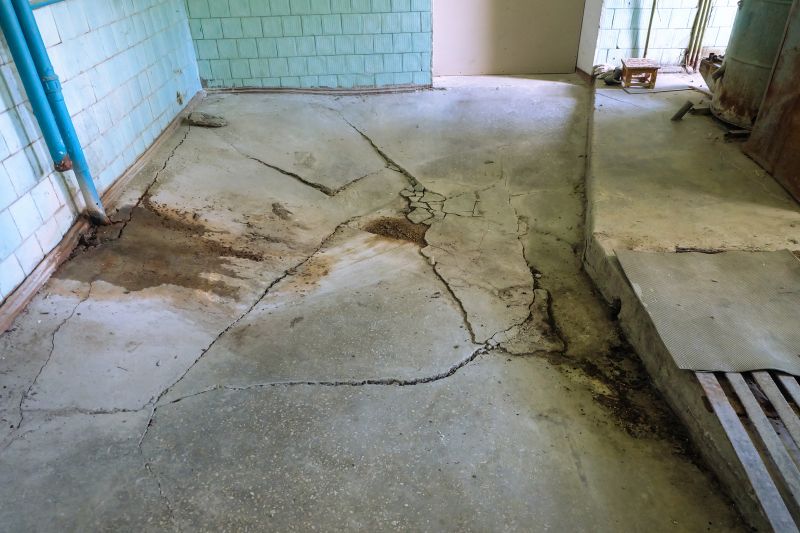
Cold weather can delay curing and affect adhesion.
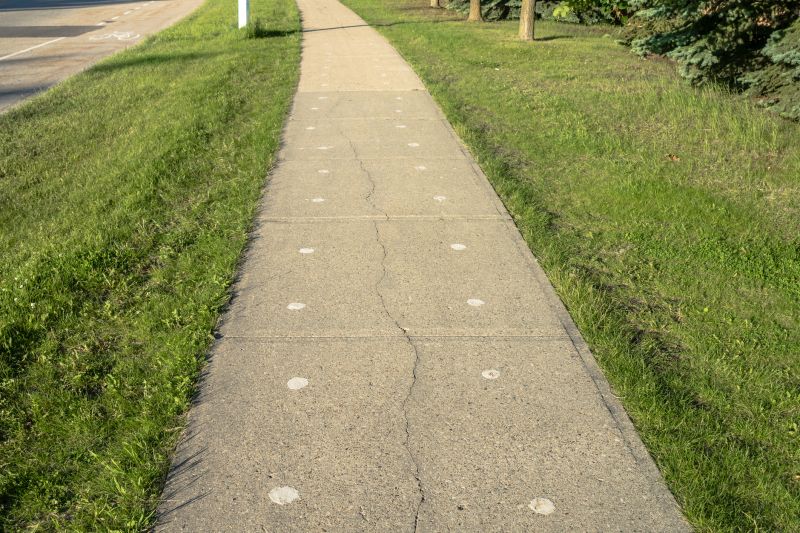
Avoid repairs during extremely dry periods to prevent quick moisture loss.
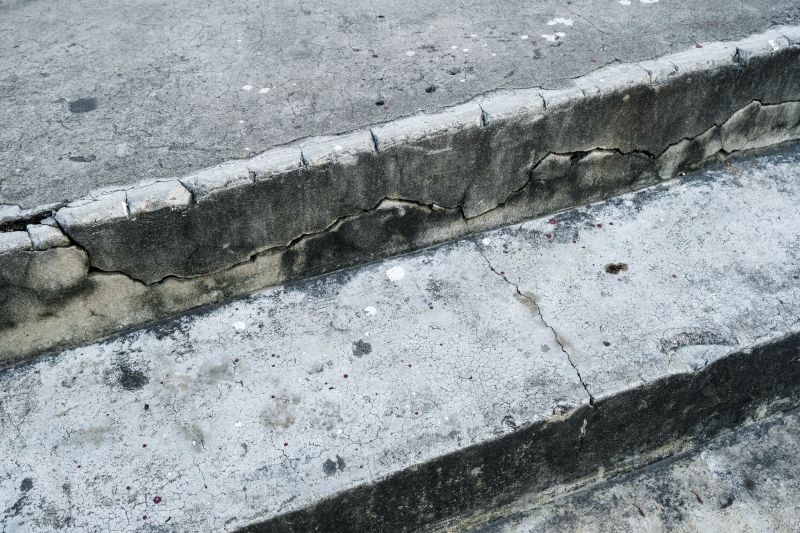
Rain can interfere with curing; schedule around weather forecasts.
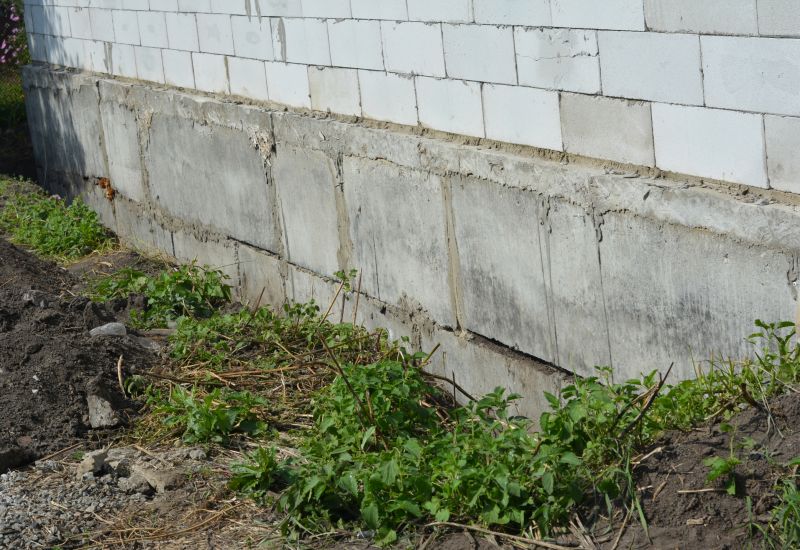
Mild, stable weather conditions are best for concrete patching.

Proper surface prep is always necessary for durable repairs.
| Season | Recommended Conditions |
|---|---|
| Spring | Moderate temperatures, low humidity |
| Summer | Early morning or late afternoon to avoid heat |
| Autumn | Cooler weather, dry days |
| Winter | Avoid if temperatures are below freezing |
| Rainy periods | Delay repairs until dry weather |
Understanding seasonal impacts on concrete patching and repairs can lead to better outcomes. Proper timing not only enhances adhesion but also reduces the likelihood of future cracks and deterioration. Consulting weather forecasts and planning repairs during stable, moderate conditions supports long-term durability of the patched surface.
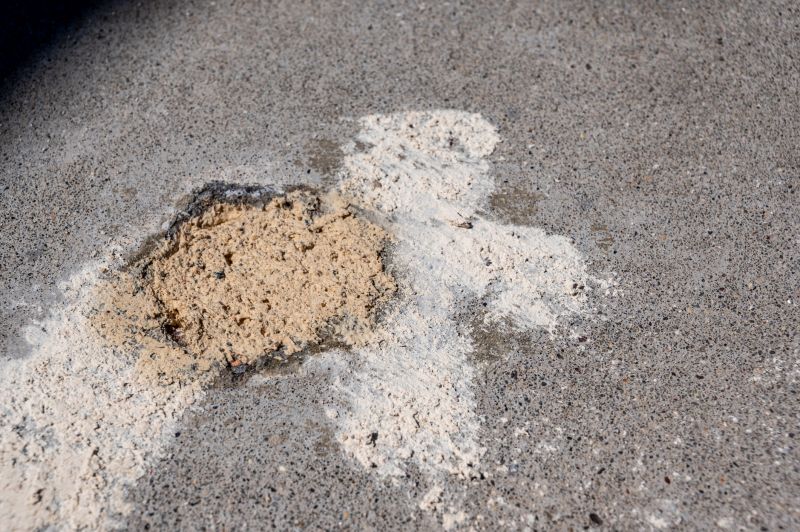
Concrete patching during spring benefits from favorable weather conditions.
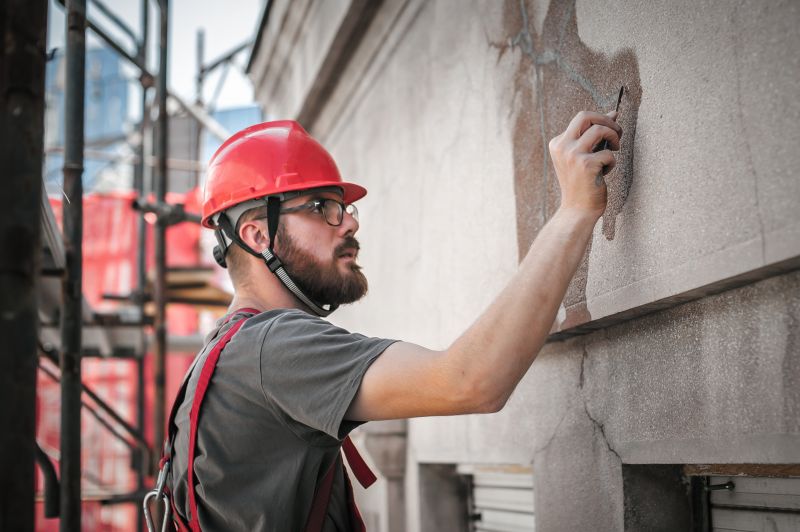
Timing repairs early or late in the day helps avoid heat-related issues.

Preparing surfaces in autumn ensures readiness for winter.

Cold temperatures require special considerations for effective patching.
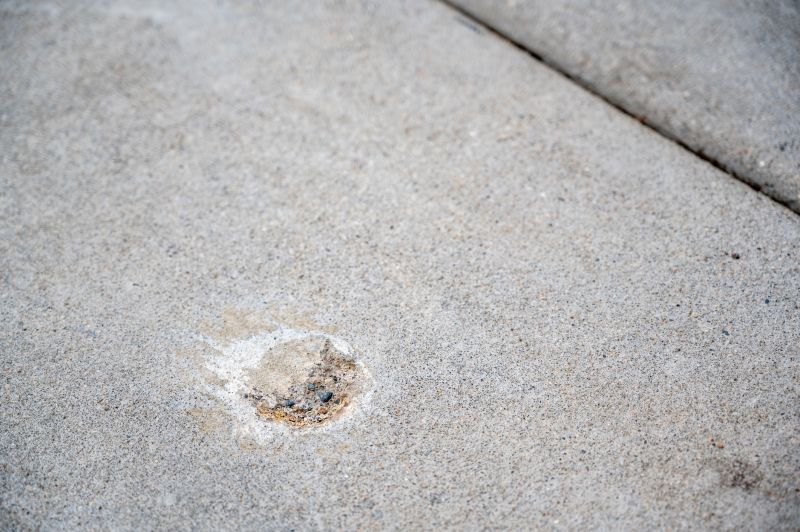
A 60-second routine that keeps Concrete Patching And Repairs looking new.

A frequent mistake in Concrete Patching And Repairs and how to dodge it.
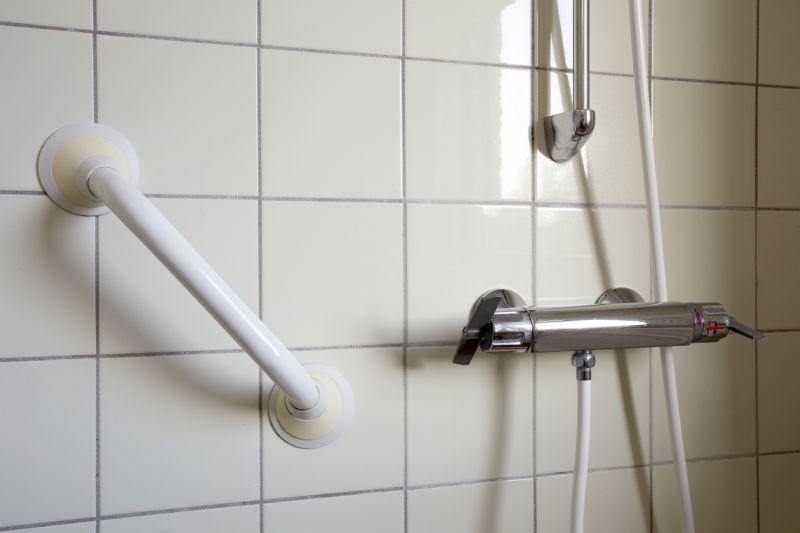
Small tweaks to make Concrete Patching And Repairs safer and easier to use.
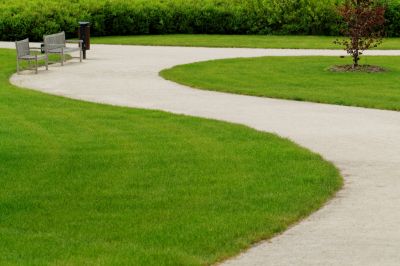
Lower-waste or water-saving choices for Concrete Patching And Repairs.
Interested parties are encouraged to contact for further information on scheduling concrete patching and repairs. Proper timing and preparation are key to achieving durable and lasting results in concrete maintenance projects.
